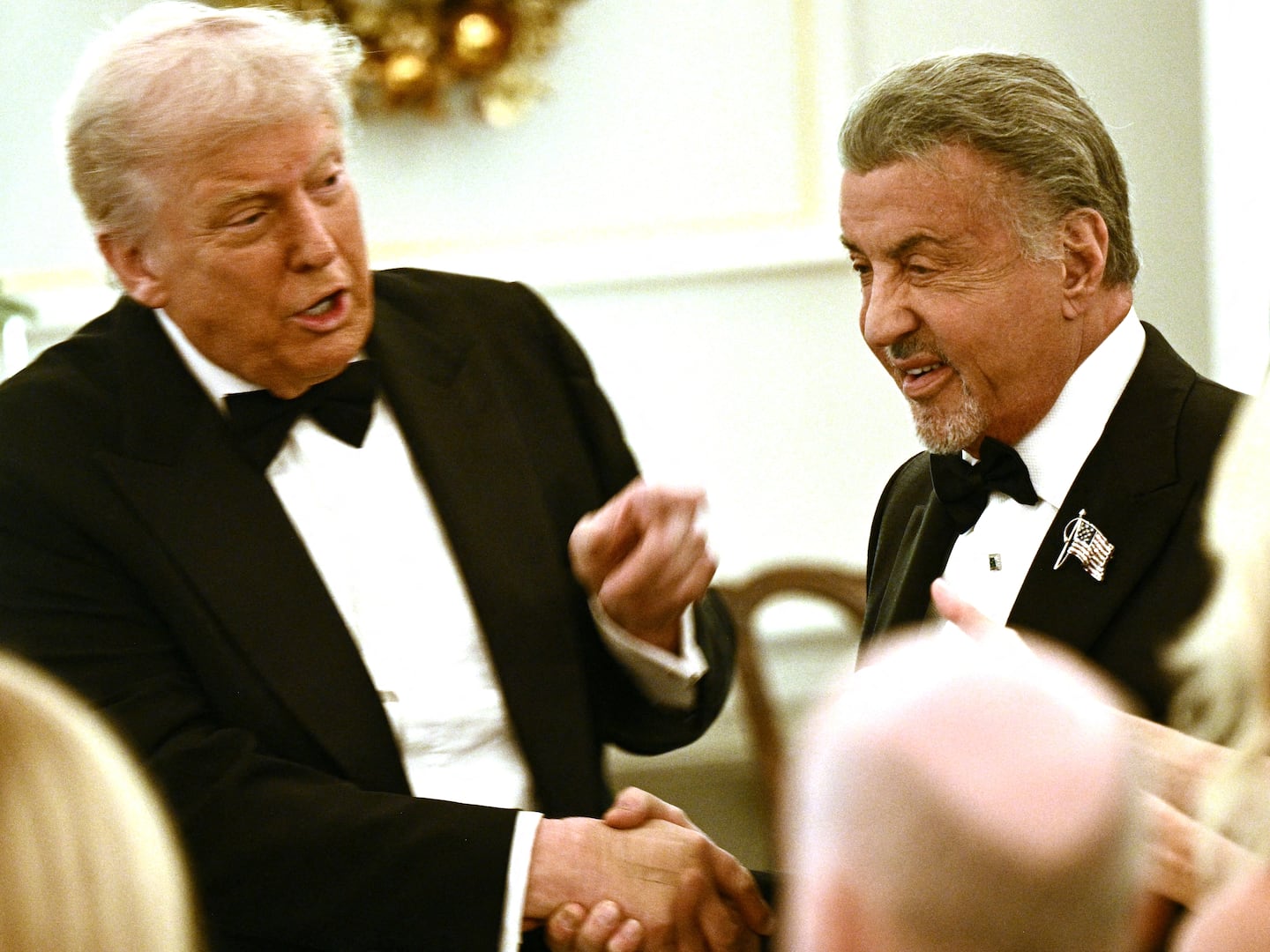This week, everyone’s favorite cartoon bear goes full Ted with a live action Disney movie starring Ewan McGregor as an adult Christopher Robin, all boring and unimaginative now that he’s grown up. If the movie, creatively titled Christopher Robin, feels a little like Winnie the Pooh deja vu, you’re not totally wrong; Hollywood last borrowed from the beloved story less than a year ago with Goodbye Christopher Robin, the Domhnall Gleeson-starring biopic of tortured storybook author A. A. Milne. It’s safe to say Winnie’s having a moment.
But amid this mini-renaissance, there’s one rendering that—at least among Americans—has been largely forgotten: the adventures of Vinni Pukh, the peculiar Pooh of Soviet Russia.
A simpler, stranger, funnier take on the children’s story, the three animated shorts that make up Vinni Pukh’s brief run were released between 1969 and 1972 by a Moscow-based studio called Soyuzmultfilm. Directed by Fyodor Khitruk, the series presents Vinni as a deadpan oddball bopping about his 2-D world with a pared-down crew of the usual suspects: Piglet, Rabbit, Eeyore. (Christopher Robin and Tigger are missing, but who needs them.)
Where Winnie is dopey and cozy, Vinni is droll and crafty, dunking himself in a pond to disguise himself as a raincloud (he’s hiding from bees) or paying a visit to Rabbit to score a free snack (“When we enter, the main thing is to pretend that we don’t want anything,” he instructs Piglet). Like the natural-born comedian that he is, Vinni will often break the fourth wall to shoot the audience a look with wide, mock-innocent eyes whenever he screws up or is hit with something unexpected. By comparison, Winnie’s reaction in such cases is simply, “Oh, bother.”
The animation itself is cruder than the American cartoon, set in a two-dimensional world of muted color and fuzzy shapes—like a George Braque painting or a first-grader’s refrigerator art. Unlike the yellow, crop top-wearing American teddy bear, Vinni is brown and rotund, with wide raccoon eyes and black paws that tend to detach from his body as he plods along. While Winnie seems like a fully-grown bear with a belly, Vinni looks more like a chubby cub. Russian Piglet is even more adorable than his American counterpart, blue-eyed and petite with plaid pants hiked up to his armpits.
Like the Disney version, the Russian storylines are drawn from A. A. Milne’s celebrated books, including classic scenarios like Vinni’s efforts to cheer Eeyore up on his birthday, or Vinni getting himself stuck in a hole and needing his friends’ help to dislodge. The three films' combined runtimes only total around 40 minutes, but even in that brief span, Vinni comes to life vividly.
Perhaps the weirdest (and most hilarious) part of the series are the songs. Pairing basic xylophone melodies with loud, atonal chants, the Russian tunes tie the episodes together with a sporadic, dissonant soundscape and absurdist bent. The lyrics have that rare quality of being so frenzied and bizarre as to feel almost profound: “If I’m scratching my head it doesn’t matter / There is sawdust in my head, yes, yes, yes,” Vinni chants in the opening lines of the first short. In another, he belts tunelessly, “Here’s an empty jar, it’s a simple object / It won’t get anywhere / and that’s why empty jar is much more valuable.” Making it even weirder is Vinni’s inexplicable vocal fry, as if he’s been ripping Soviet cigs for the extent of his short life.
According to The Moscow Times, director Khitruk had never seen the Disney cartoon version when he set out to adapt Milne’s story. “Maybe, if I’d seen it, I wouldn’t have done my own. What’s the point in doing it over?” he said in 2005. “But I should tell you that I’m not really satisfied with the Disney version. And now, in hindsight, I can tell you what the director of the second American film, Wolfgang Reitherman, told me. He also wasn’t happy with his version.” In the interview, Khitruk also addressed the absence of Christopher Robin, explaining that, by leaving the boy out, Khitruk sought to dispel the notion that Vinni, Piglet, and the rest of the gang were toys brought to life by a human’s imagination. “For us, it was all one world,” he said.
It’s a nice sentiment, elevating Vinni and those in his orbit out of the realm of the make-believe and into something much more real. And they deserve it: Vinni and his crew are a straight-up joy, and it’s truly a crime that his series hasn’t yet reached cult-level popularity in the West. We can only hope that, as Winnie the Pooh fans gear up to watch Christopher Robin all grown up in London, some of them will stumble on—and precede to immediately fall in love with—a bizarre, early ‘70s Russian cartoon in the meantime.






